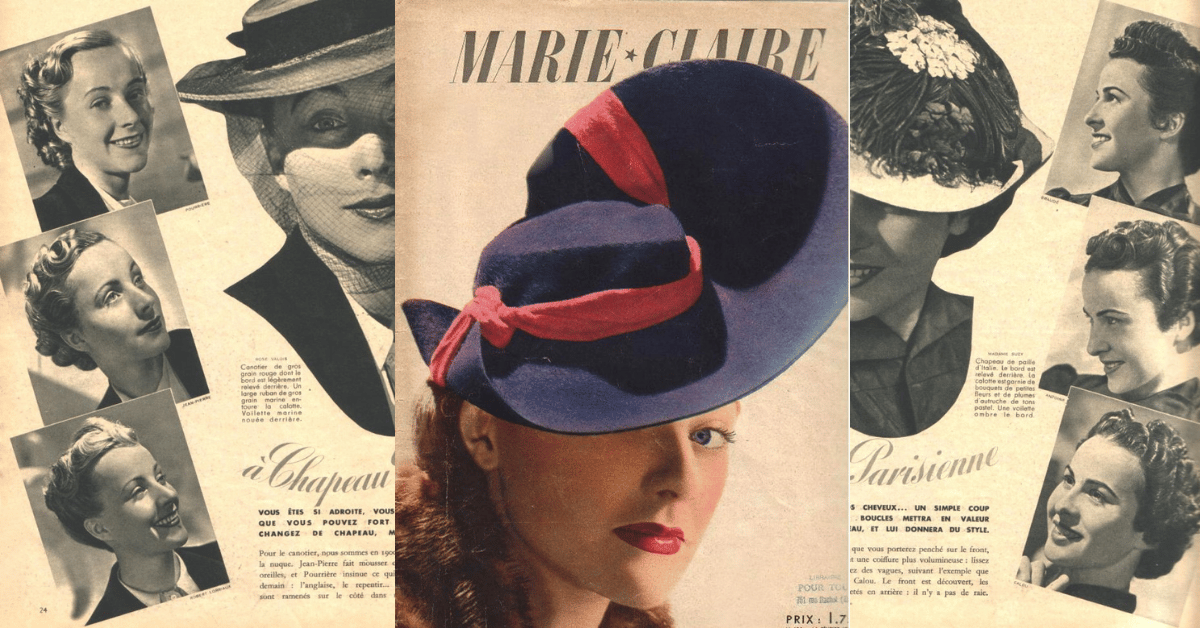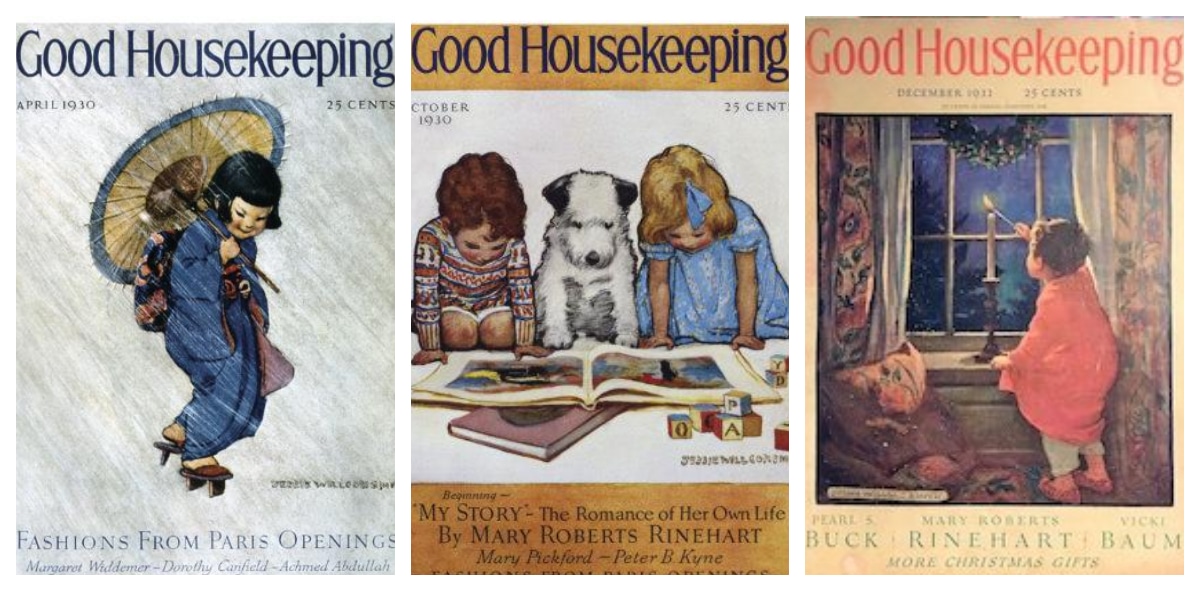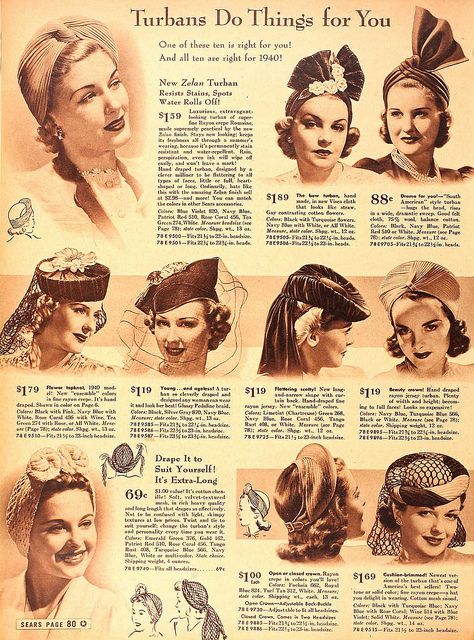The Mood of Britain after the Great War Ended in 1918
War and major disasters have always speeded up change dramatically and created acceptance of cultural changes once unthinkable. During the Great War of 1914-18, fashion came to a standstill. It was a time of uniforms and drab functional clothes even though Paris fashion continued.
By the 1920s many young people had been made old by the horrors of war. Young men of 18 had seen the reality of trench warfare. Women who had acted as nurses had seen horrific injuries and mental suffering that shocked.
Ironically out of the war came medical progress in the field of cosmetic and plastic surgery. It made for a general feeling that life was short and should be enjoyed. The war also broke down longstanding class barriers. The break was subtle, but the erosion had begun.
Bright Young Things 1920-1940
The era 1921-22 saw a great change in the drinking habits of the affluent and the debut of the cocktail at the first night clubs in London. Drinking cocktails was considered degenerate and was confined mainly to the West End of London. Most people still retained pre-war values, but the behaviour of 'The Bright Young Things' was written about with distaste by journalists and writers of the era.
Inter-War Industrial Problems 1920 - 1940
Between 1920 and 1940 Britain was faced with industrial problems. 19th century industrial techniques had already peaked and were no longer appropriate in a competitive world.
British technology had been in decline since well before 1914. Post war Europe was in chaos and a return to the Empire days of before simply did not happen. The basic industries of ship building, coal and textiles never recovered from the slump they were in at the end of 1920.
The General Strike 1926

By 1930 over 2 million people in Britain were unemployed and remained so until 1936. Even on the eve of war in 1939 there were still 1.25 million people without work.
During the strife torn period there were 2 police strikes, a national rail strike, 2 national coal strikes, a 2 month ship builders strike, a 2 month engineering strike and violent demonstrations by the jobless. In 1926 in support of the Trades Union Congress there was a general strike.
Transition Era - Two Economies - Two Societies
This was a transitional period between two kinds of society and two economies. There was a depression yet generally living standards were rising. Steam power was gradually replaced by electricity. Transport became petrol engine powered.
Early plastics were often used instead of basic metals and man-made fibers such as regenerated rayon, called artificial silk (known as art silk) were increasingly supplementing cotton and silk.
The resultant expansion of the chemical industry created jobs which helped the economy change from the domination of heavy industry.
Mass Production of Consumer Goods
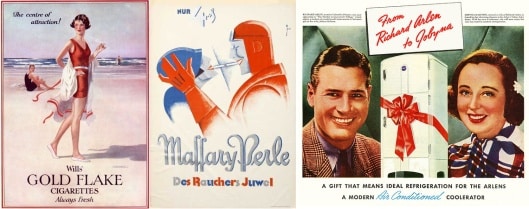
The new economy provided consumer goods for the masses and began to market entertainment as leisure increased. Techniques of mass production and mass advertising changed people's outlooks.
The introduction of the Penguin paperback book encouraged people to read and self improve. Magazines disseminated knowledge to women who had gained a new independence after the war years.
Mass marketing meant that the wireless and gramophone soon reached ordinary households. People began to make their own judgments by listening to entertainment, music, news and current affairs.
Demand for Consumer Goods, Utilities and Housing
Distributive trades began to thrive as the demand for products like cereals, household goods and ready made clothing grew. Montague Burton introduced his 50 shilling suit for men. Women wanted factory made dresses in similar styles to those seen on film stars.
Recollections Victorian Styled Clothing for Women
There was a great building boom and one third of all houses built in the UK by 1939 had been built in the short period since 1919. New housing saw an increased demand for electricity, gas, water and the bureaucracy that served those utilities, so there was an increase in office workers and government departments.
Franchise for Women - Votes for Women
The position of women in Britain was changing. In 1918 after the war ended women over 30 were given the vote if they were householders.
By 1928 all women over 21 were given the vote. Even so a patronizing attitude toward women still existed and women were in some circles still regarded as the decorative appendages of men with no other purpose but to bear children.
Slowly women were breaking down old attitudes. The war had given ordinary working women an alternative to domestic employment. They found they liked working on the land, in factories and on buses.
By 1939 married women unless exceptionally poverty stricken did not go out to work. British schoolteachers had to give up their teaching career on marriage. Society accepted the working spinster, but not the working wife.
The Rise of Jazz
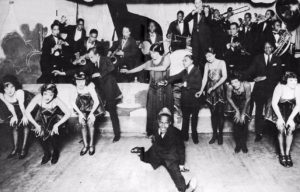
In the 1920s ragtime developed into jazz and young people flocked to dance halls and jazz clubs. Inventions such as the gramophone and the crystal radio began to be mass-marketed and instant music helped to popularize dance worldwide.
Dance mad young people danced at home, at afternoon tea dances and in evening dance palaces and even later at night clubs.
Evening dresses of the 1920s perfectly suited fashionable dance such as the Shimmy, the Charleston and the Black Bottom.
Unlike clothes of the Edwardian era the lack of corsetry helped the dancers move easily and the often sleeveless clothes were unrestrictive. The Rumba, Samba and Conga were all popular dances in this period.
New Society - New Innovative 1920's Fashions
Society also began to accept changes in fashion which took it right away from any Edwardian dictums. It was in total relaxed contrast to the styles twenty years previously.
Fashion of the 1920s is not so very different from dress styles worn in the later 20th century. One of the great society events of this era was the 1924 Paris Olympic games.
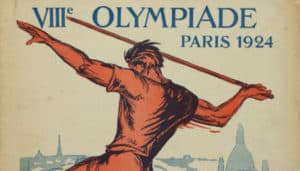
Greater mobility, independence, economic changes, mass production of clothing, moving film, new fabrics and a new spirit are the basic reason for the revolutionary changes in dress and manners.
